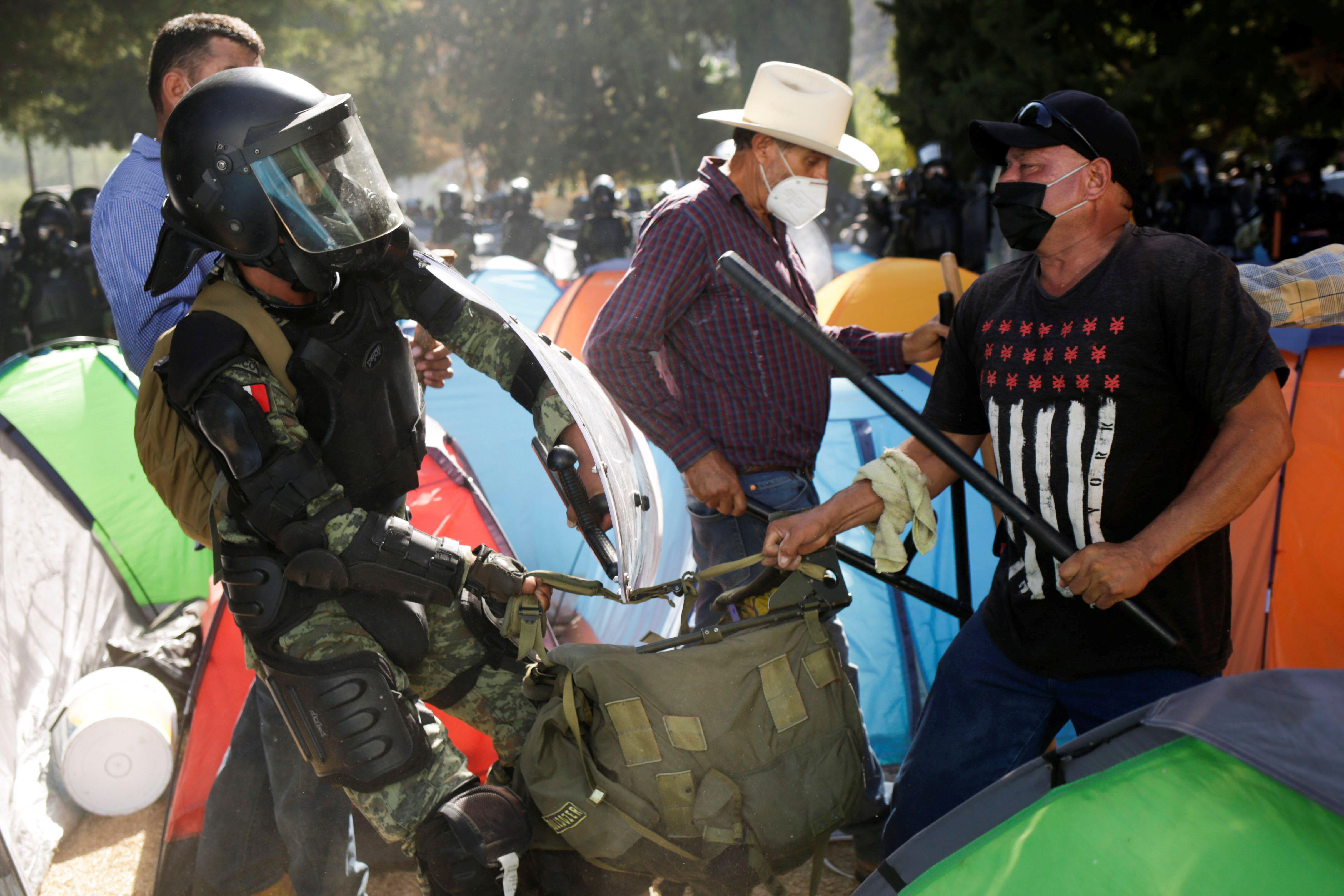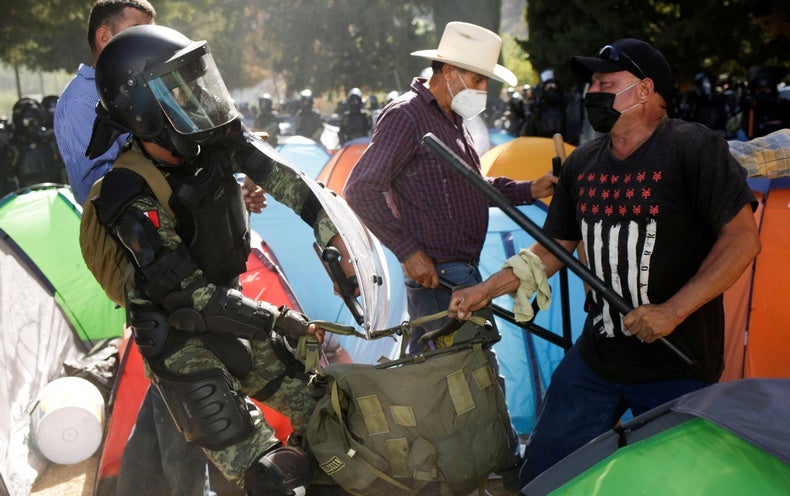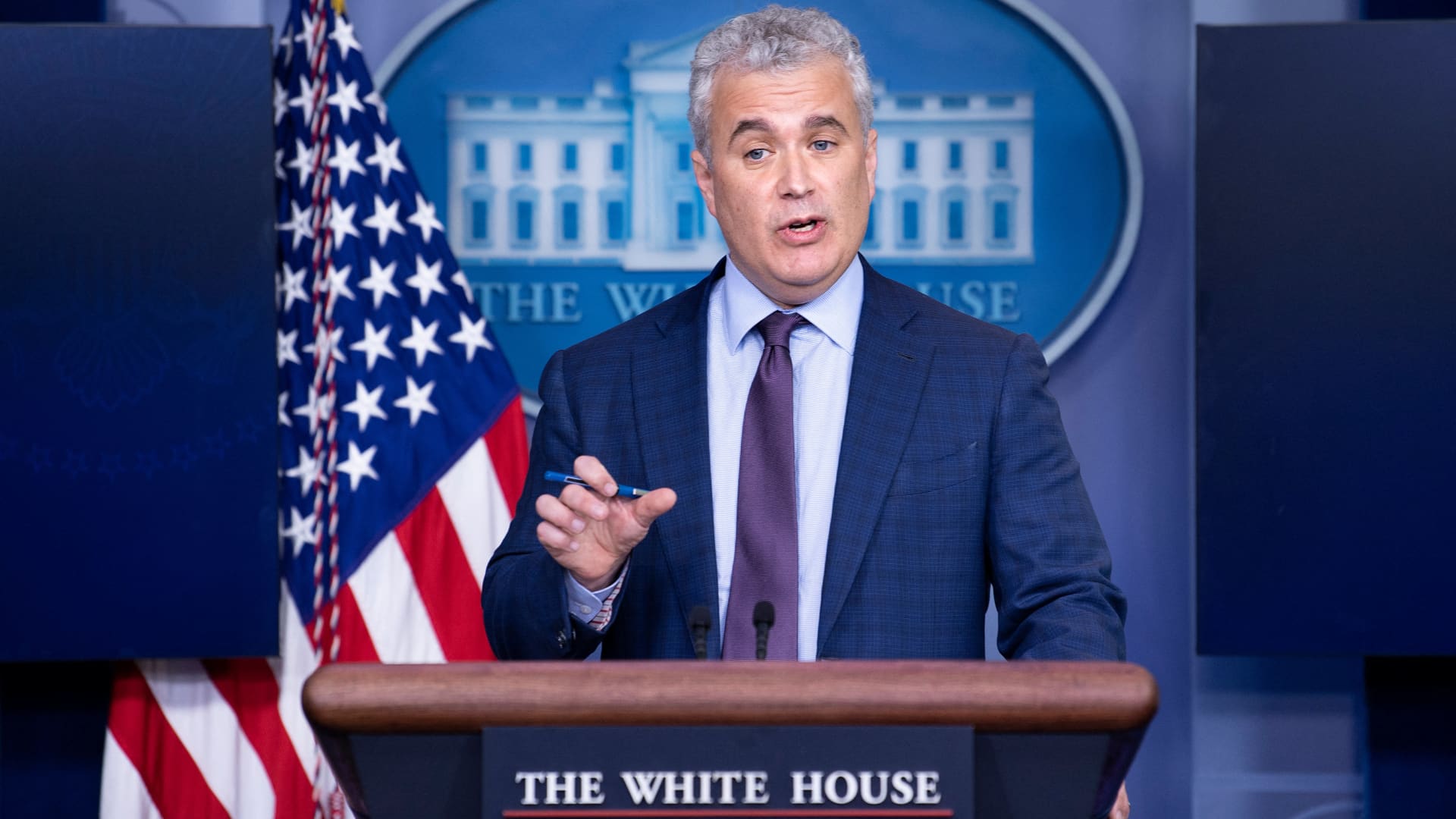
In 2006, Mexico declared war against drug traffickers in the wake of escalating inter-cartel warfare. Since then, there have been more than 300,000 murders in the country, a death toll escalated by violence between law enforcement, the military and the cartels. An official list of the missing has risen to over 100,000 people, called los desaparecidos—the disappeared. Many of them are presumably among the roughly 52,000 unidentified bodies in Mexican morgues. The disappeared are, legally speaking, neither alive nor dead; they include people whose remains are undiscovered or unidentified, and others who may be still alive and held in captivity.
In 2021 and 2022, with the No Están Solas project, I worked with Mexican human rights advocates who were trying to locate and identify the remains of some of the disappeared. I learned the crisis in Mexico is one with many faces: cartel violence, forced migration, and clashes between the Mexican government, its people and the drug traffickers who offer jobs, protection and resources, often through coercion.
I believe the violence will worsen if we do not address a powerful new factor: climate change and its effect on Mexico’s water supply. Changing weather patterns, the failure of government institutions to accommodate growing and moving populations, and the realities of decaying infrastructure are reducing the availability of usable fresh water in several parts of Mexico. This, I believe, is adding to crime, civil unrest and migration, as people search for more habitable or safer ground.
In the first half of 2021 Mexico had an average rain shortfall of 20 percent, and by 2022 several states experienced shortfalls greater than 90 percent compared to expected levels. The loss of rainfall is putting greater stress on already overexploited aquifers and depleted reservoirs. To make matters worse, the government has mismanaged the water supply, failing to crack down on illegal pumping by cartels and farmers, and preferentially allotting scarce public water supplies to large companies. This has inflamed the water crisis and caused the brunt of drought to be endured by Mexico’s poorer and marginalized communities.
From what I’ve seen, I believe that climate change will increasingly lead to the kind of violence that has defined the country’s drug war, much in the same way researchers have linked climate change to the Syrian Civil War. And here is where I think the U.S. can make a difference. The U.S. government has committed billions of dollars in aid to a war on drugs that has failed, with drug seizures at the US-Mexico border remaining high and drug-war related murders soaring since 2006. If the United States reallocated some of its drug war funding from militarized aid and law enforcement to water collection and distribution projects, this could reduce water’s role as a driver of violence and displacement.
It was during my work cataloging mass graves and helping spread legal information to people affected by disappearances that I saw how the distribution of violence was not random and saw how the disappearance crisis and the murder epidemic are extensions of one another. It seems to me that disappearances and confirmed murders are disproportionately concentrated in areas where water reserves are strained.
Water access has long driven conflict in Mexico. Shortages of drinkable water create a new market for drug cartels who capitalize on soaring water prices by siphoning and reselling water from public utilities. At the same time the urban poor and farmers , desperate for water are increasingly resorting to theft, kidnapping, and sabotage, along with peaceful protest in an effort to save themselves and their livelihoods. Government crackdowns on these escalating disruptions pose a growing threat to Mexican civilians. Though long ignored by Mexico’s federal officials, state-sponsored violence is responsible for many of Mexico’s unsolved deaths and forced disappearances.
In 2020, Chihuahuan farmers occupied a dam in protest of Mexico’s treaty-obliged water diversions to the United States while in a drought. In response, the Federal government deployed the National Guard, which killed at least two people. More recently, disgruntled citizens in the states Nuevo Leon and Coahuila burned PVC pipes transporting water from their regions to more influential areas like Monterrey. While it’s hard to know if any of the people involved in this civil unrest were disappeared, it would not surprise me. The water crisis is intensifying civil unrest in an already chaotic situation, and I fear the ranks of dead including the disappeared will swell as cartels expand their influence and state-sponsored violence continues.
According to the World Bank, Mexico’s murder rate surged from eight per 100,000 people in 2006 to 28 per 100,000 in 2020. All this despite the fact that by 2016, the United States had given more than $1.5 billion in militarized aid for Mexico’s drug war. Quite simply, if the goal of the U.S. in rendering aid was to reduce violence while strengthening the rule of law, it’s made a bad investment. Indeed, the U.S. government has acknowledged a need to change its approach to combat violence and cartels in Mexico with the announcement of the Bicentennial Framework; however, the new framework notably neglects water specific environmental factors. Additionally, in 2021 alone the United States increased by nearly $200 million its humanitarian assistance to Mexico and Central America to provide basic access to food, water and shelter. That is commendable, but if the water systems of these areas are left unchanged then we can only hope for a sort of stable poverty with millions always on the edge of water scarcity.
Not only does the U.S. have the resources to aid Mexico’s water crisis, but it has the know-how.
The Biden administration has given $1.7 billion to Southwestern Indigenous tribes near the U.S.-Mexico border to help them improve water infrastructure. These efforts could be repeated in the geographically similar areas of Mexico, as the Environmental Protection Agency, through the Border Water Infrastructure Grant Program, already does in a limited area. The EPA bankrolls Mexican water projects, but only if they occur within 62 miles of the U.S. border and directly affect human and environmental health in the United States.
In other words, the United States is aware of the scope of Mexico’s water emergency. In the meantime, Mexico City has contracted several NGOs to install rain-capture infrastructure to bolster its water reserves, but has run into funding issues. In water-parched Tijuana, a desalination plant was shelved because of its nearly half a billion dollar price tag, and the local government opted for private assistance to build a smaller desalination plant for $32 million. That plant will provide over five million gallons of water daily for over 100,000 people. For context, the United States gave five times that amount every year between 2006 and 2016 in militarized aid to Mexico.
Thousands of families in Mexico have no closure in the disappearance or death of someone they love. My experience has shown me the depths of the failure of our fight against Mexico’s violence epidemic. But it has also shown me that we can work to contain it. The water crisis is inseparable from the scourge of violence in Mexico. If the U.S., which has a vested economic, humanitarian, and environmental interest in a stable Mexico, devoted a portion of the money it gives to aid Mexico’s drug war to helping private and public Mexican efforts to improve water capture and management, I believe we would see remarkable progress in the struggle against murder and disappearance in Mexico.
This is an opinion and analysis article, and the views expressed by the author or authors are not necessarily those of Scientific American.






















































.jpg)


